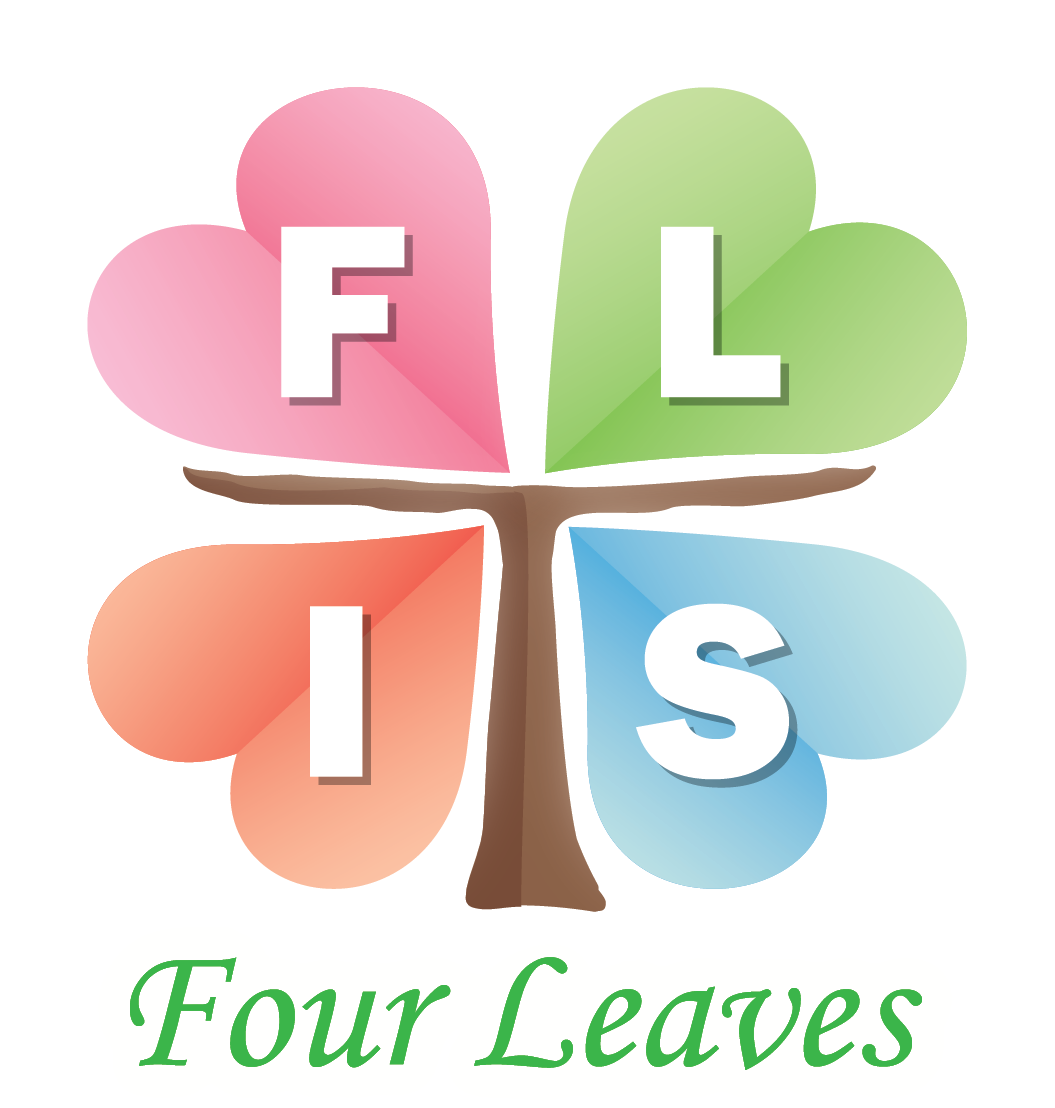Not Just a School, but a home
Four Leaves International School Tokyo (FLIST) is in the heart of Omote-Sando, only a 10-minute walk from the station. When walking down the road leading to the school, one is met with many family homes and apartments. In that final corner when approaching the school, one will then see the pop-up banner of the school waving in the wind, inviting parents and children, as the sounds of subsequent laughter of the voices of the children reverberate as you step forward.
Home, Away from Home
Whether it be on the first floor where they’re dancing, or the younger students doing their English Language Lessons. When viewed at its exterior, one may assume it is a home for a family, and the term “school” may not make itself apparent from an initial glance. However, where schools are typically labeled as institutions with their many classrooms, teachers, and dedicated outdoor fields, it doesn’t limit education in that front.
As FLIST stands, the homey qualities of the building serve to bring comfort to the student’s lives, akin to their own home when the school bell chimes the conclusion of the school day, and the families await their children back into their arms.
The Impact of Relationships
The relationships the students have with one another and all their teachers are like a close-knit family, students like siblings, and teachers as loving parents. Combined with student's natural curiosity about the world, they always express themselves openly to one another. Seen especially during their break/play times or dancing downstairs with Mr. Ricky, even the most shy students break out of their shell when in the company of their new class family. Class sizes are small, and are usually separated by “big” kids and “little” kids, with the big kids learning on the second floor, and the little kids on the first floor. Of course, in some lessons, the two groups collaborate, play, and learn together. But when they go to their respective floors, and when they do lessons such as their Japanese or English lessons, another teacher will join the class to help either the advanced or middle groups. As FLIST is dedicated to helping every student along the way towards success, students can have a more intimate one-on-one with them when they need help or to have their work checked. Children see adults as role models, parents, and teachers, especially as they are a guiding light into how the world works and why. They’re allowed and encouraged to discover who they are, and the positive reinforcement from everyone at FLIST is a warming sight. The student’s interactions with one another also speak to the growth of the FLIST community as a shining example of how school isn’t just a place to learn, but also to feel at home among those searching for the same thing.
A New Approach
As FLIST is a Certified Ninka Gai school, it allows parents to go directly to our facility to be admitted, rather than being on a long waitlist in Ninka Hoikuken schools. The school by taking this new approach, which can continuously adapt to student needs and trends. Furthermore, as it is a nursery not authorized by the Government, it takes this split approach by being able to continually adapt to the needs of a student at any given time, a factor gained from how the teachers connect and see student’s growth and struggles. Whereas in the traditional systematic schools, which help them adjust to future education that is already set in its system, FLIST brings and fosters familiarity towards a more diverse learning environment, which not only comes from the many backgrounds of the FLIST home, but also from their approach.
A Hidden Gem
Home is not limited to where one may sleep or eat, but how one is involved in a community, big or small. FLIST understands this. A community is formed when experiences and joys are shared, where one feels free to express oneself with others, and where one can grow and foster their newly learned skills. While we may not be as flashy or big as many other schools in Tokyo, we offer a warm, captivating light to encourage our students, and bring along any parent willing to be a part of our journey.
